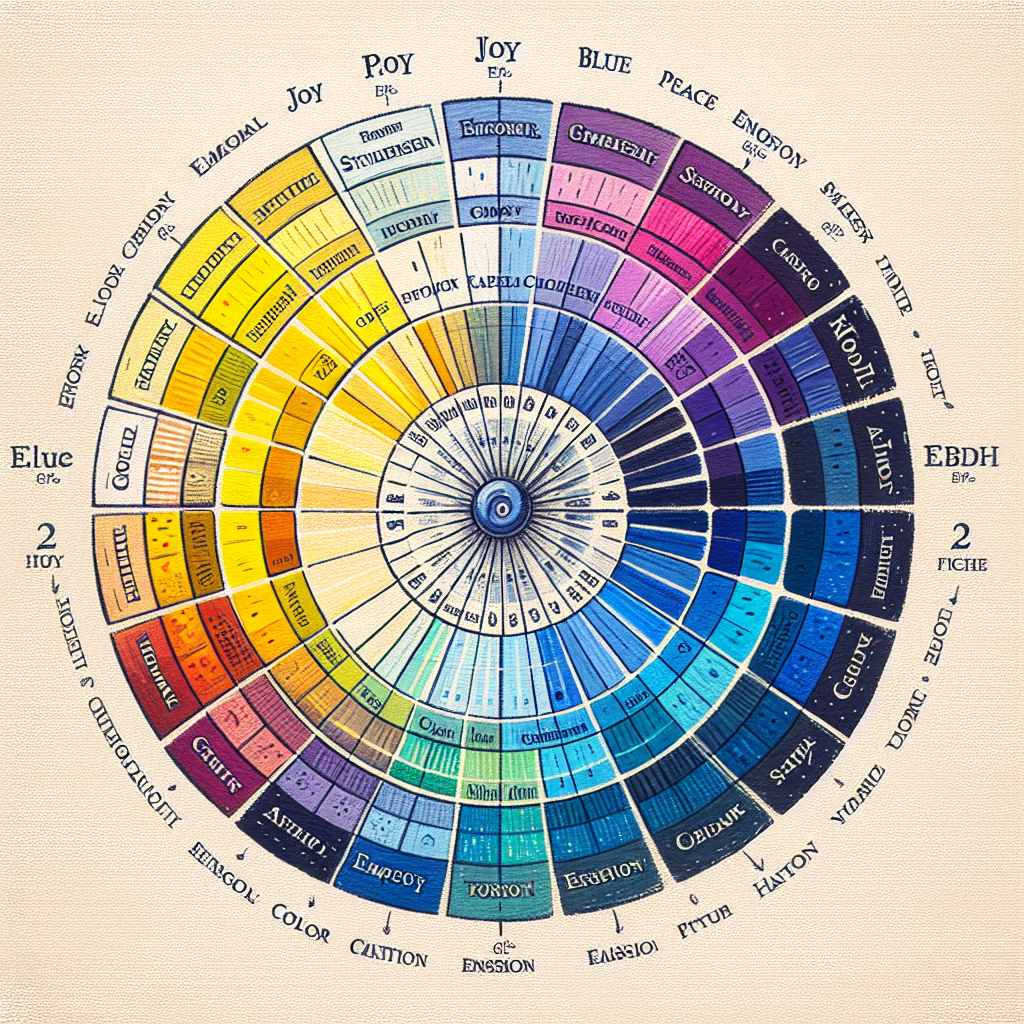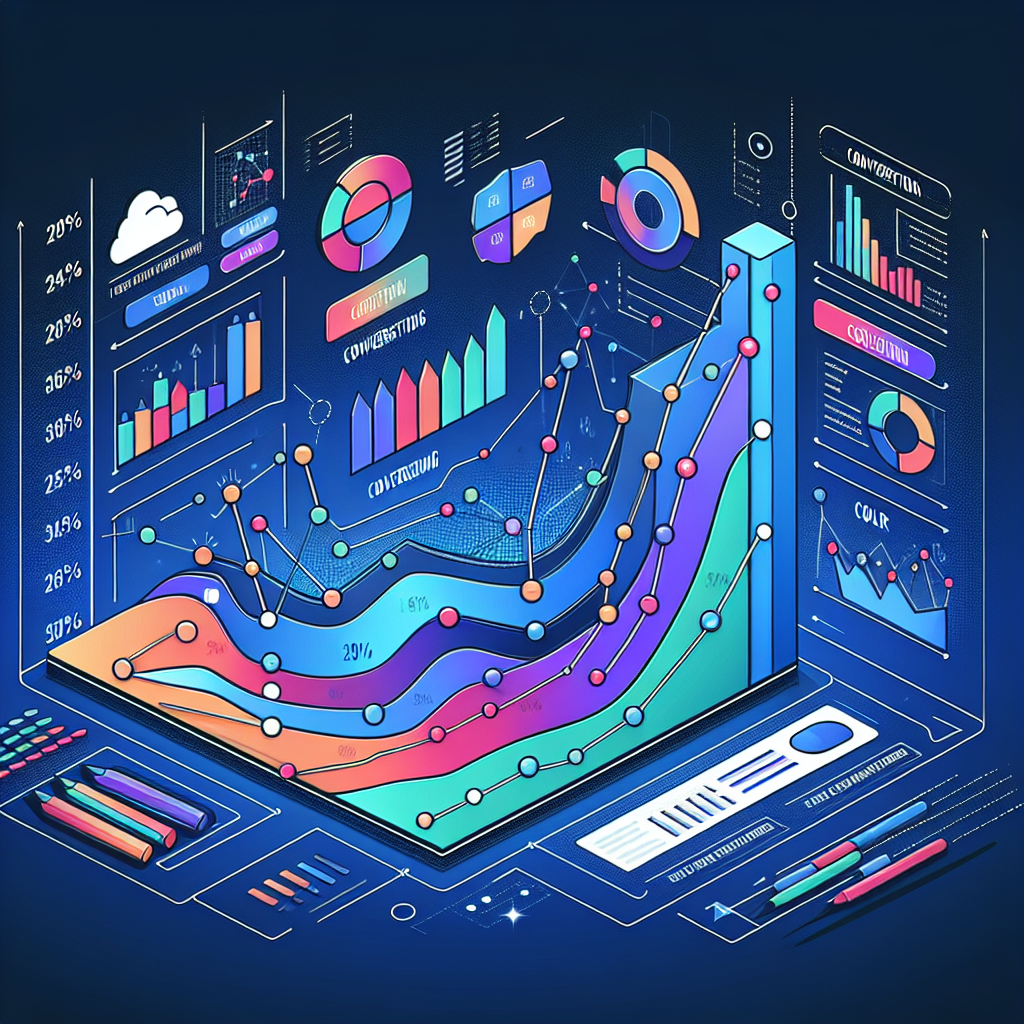
Introduction
Color is more than a visual element; it’s a potent psychological tool. From the red warmth of a sunset to the icy blue of a winter sky, colors influence our emotions and perceptions on a profound level. This psychological impact of color is especially relevant in the world of web design, where careful color selection can significantly enhance user engagement and conversion rates.
The Science Behind Color Psychology
Color psychology is the study of how colors influence human behavior. The theory suggests that our brain perceives colors not just as aesthetic elements, but also as indicators of mood, emotions, and attitudes. For example, blue is often associated with tranquility and reliability, while red can signify passion or alertness.
Applying Color Psychology in Web Design
Understanding color psychology can help web designers create more effective, user-friendly websites. By choosing colors that evoke the desired emotional response, designers can guide users towards specific actions, such as signing up for a newsletter, making a purchase, or sharing content.
Color and Branding
Color plays a crucial role in building a brand’s image. For instance, a company wishing to project an image of eco-friendliness and sustainability might opt for shades of green, symbolizing nature and renewal. Conversely, a tech company aiming to evoke feelings of innovation and efficiency might choose cooler colors like blue or silver.
Color and User Experience
Colors can also significantly impact a user’s experience on a website. Bright, bold colors can create a sense of excitement and energy, while softer colors can evoke feelings of calm and relaxation. By thoughtfully selecting colors, designers can create a mood that complements the content and purpose of a site, enhancing user engagement and satisfaction.
The Impact of Color on Conversion Rates
Research shows that color can have a significant impact on conversion rates. For example, changing the color of a call-to-action button or hyperlink can increase clicks and conversions. While there’s no one-size-fits-all answer to which color converts best, understanding your audience’s preferences and the psychological implications of different colors can guide your design decisions.

In conclusion, the strategic use of color in web design can evoke specific emotions, guide user behavior, and enhance conversion rates. As web designers, understanding and applying color psychology is a powerful tool for creating engaging, effective web experiences.



